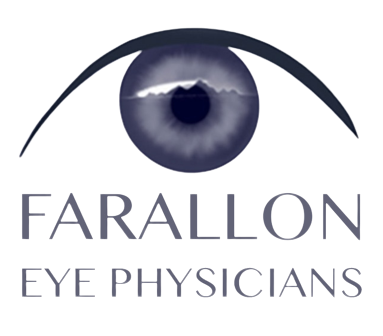Uveitis
Uveitis
Uveitis
Uveitis is one of the leading causes of blindness. Uveitis is an inflammation of the uvea, the middle layer of the eye. Uveitis can cause minimal to severe symptoms, including red painful eyes. There are several causes and different types of uveitis. It is important to receive prompt diagnosis and treatment to avoid potentially serious complications, such as vision loss.
Anatomy
The uvea, also called the uveal tract, is the middle layer of the eye. The uvea provides the eye with moisture and nutrients. The uvea is composed of three parts: the iris, ciliary body, and choroid. The iris is the colored part of your eye. The ciliary body consists of the ciliary muscles and the ciliary processes. The ciliary muscles adjust the curve in the lens when your eyes focus to see. The ciliary processes secrete a fluid that maintains eye pressure, nourishes the eye, and keeps it healthy. The ciliary body joins the iris with the choroid. The choroid is the lining underneath the retina in the back of your eye. The choroid contains blood vessels that supply your retina with blood and oxygen to keep it healthy.
Causes
Uveitis is a swelling and inflammation of the uvea. Some types of uveitis may become a recurrent or chronic condition. Uveitis can be caused by autoimmune disorders, infections, toxins, or for unknown reasons. It is associated with several medical conditions and infectious diseases, including tuberculosis, AIDS, sarcoidosis, syphilis, trauma, herpes zoster (shingles), psoriasis, ulcerative colitis, rheumatoid arthritis, histoplasmosis, toxoplasmosis, and Reiter’s syndrome.
Symptoms
Uveitis can affect one or both eyes. Symptoms of uveitis can vary from mild to severe. Some people may not experience any symptoms. Uveitis can cause painful red eyes. The red color may range from a very deep red to shades of purple. You may experience blurred vision. You may see dark “floaters” or spots. Your eyes may be sensitive to light.
The inflammation may involve all or part of the uvea. There are specific types of the condition depending on the part of the uvea involved.. Anterior uveitis is the most common form of the condition. It is usually limited to an inflammation of the iris. Autoimmune disorders are a risk factor for anterior uveitis. Anterior uveitis may last from a few days to weeks with treatment. However, recurrence is common.
Intermediate uveitis involves the area between the iris and the choroid. It occurs most frequently in young men and is generally not associated with any other disease.
Posterior uveitis primarily involves the choroid. It may also affect the retina in a condition called chorioretinitis. Posterior uveitis may be associated with a systemic infection or an autoimmune disease. Posterior uveitis can last from months to years. It can result in areas of vision loss and permanent blindness.
Diagnosis
You should contact your doctor if you suspect that you have uveitis. The best outcomes are generally associated with prompt diagnosis and treatment. You will receive a thorough eye examination. A physical examination or laboratory tests may be used to identify the underlying cause of your condition.
Treatment
The treatment that you receive depends on several factors, including the type and cause of your uveitis. It is typically treated with steroid eye drops, ointments, or medications. Treatment of medical causes or infections may help improve your symptoms. It is important to have uveitis treated to avoid potentially serious complications, including glaucoma, cataracts, retinal detachment, and vision loss.
Am I At Risk?
People with any of these conditions are at risk depending on the disease process they have. Uveitis can also occur in people who otherwise appear and feel perfectly well. Most cases of uveitis occur without a known cause.
Complications
Complications of uveitis range from minimal to severe visual disturbance. Cataracts, corneal opacities and retinal detachment are possible.
This information is intended for educational and informational purposes only. It should not be used in place of an individual consultation or examination or replace the advice of your health care professional and should not be relied upon to determine diagnosis or course of treatment.
The iHealthSpot patient education library was written collaboratively by the iHealthSpot editorial team which includes Senior Medical Authors Dr. Mary Car-Blanchard, OTD/OTR/L and Valerie K. Clark, and the following editorial advisors: Steve Meadows, MD, Ernie F. Soto, DDS, Ronald J. Glatzer, MD, Jonathan Rosenberg, MD, Christopher M. Nolte, MD, David Applebaum, MD, Jonathan M. Tarrash, MD, and Paula Soto, RN/BSN. This content complies with the HONcode standard for trustworthy health information. The library commenced development on September 1, 2005 with the latest update/addition on April 13th, 2016. For information on iHealthSpot’s other services including medical website design, visit www.iHealthSpot.com.
To schedule an appointment for optical, ophthalmology or cosmetic services in Daly City, California, simply call the office of Susan Longar, MD.



